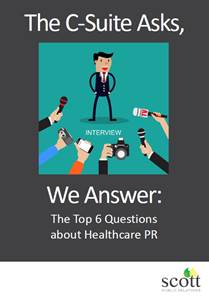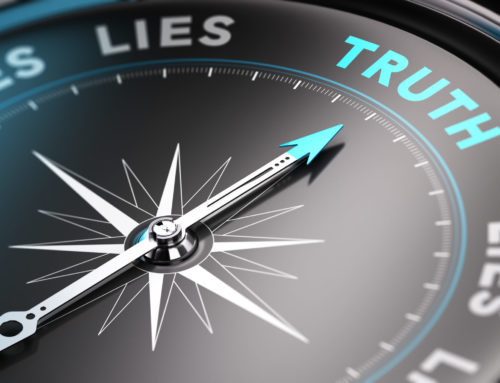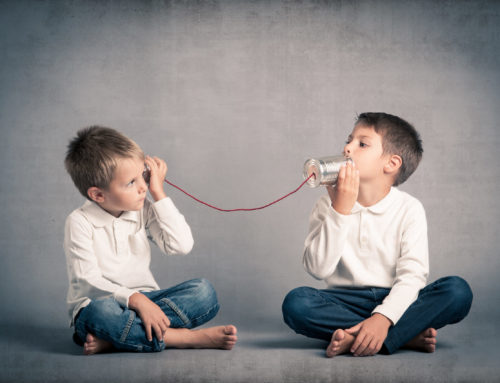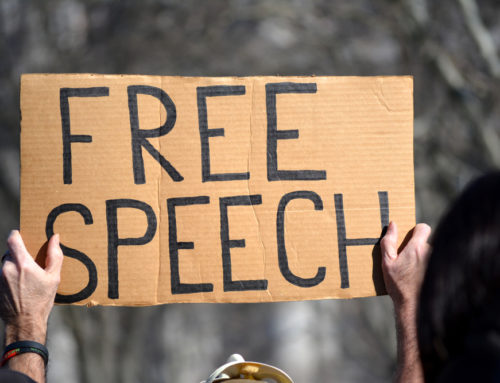
Father-daughter time: That’s what my husband and daughter shared during an evening at a country Western bar, enjoying one of their favorite bands.
Two weeks later, a disturbed veteran stormed the same venue, blasting employees and dancers with a semi-automatic pistol, before killing himself. Thirteen people were killed, and another twelve were injured.
It was a Wednesday, a special night for college students. Those who lost their lives ranged from a career police office to another veteran to shiny-faced young adults imaging their futures, yet to be written. One of our friends lost a friend, an only child who was an active member of her church, a student, and a radiant presence for all who knew her.
Shamefully, the personalities of those who die in gun violence have grown to such a number, that –after the obligatory People Magazine photo pictorial – it’s hard for readers to remember them. But we must.
Yes, we know that in America, sixteen times as many people are killed by firearms as in Germany each year. And that 42% of the civilian-owned guns in the world are owned by Americans. Yet we’re supposed to ignore the pain, the grief, the loss, because to do something about it violates the freedoms of some Americans to buy and own guns.
We seldom hear what happens to the victims after they are shot – when ambulances race through the streets to take them to the nearest hospitals, when emergency room personnel rush to assess their wounds and put bodies back together again, when those fortunate enough to recover spend days and weeks in hospitals and in rehabilitation, or when bodies are dispatched to the morgue in the basement. Or the emotional damage to the healthcare providers who deal with physical damage caused by one human to others. Or the unimaginable heartbreak of families who learn their beloved child or family member is not coming home—ever.
And, apparently, we are supposed to ignore the health consequences of gun violence. The NRA’s response to physicians’ concerns was to inform them via Twitter to “stay in their own lane.” Led by Dr. Joseph Sakran, a trauma surgeon who was himself shot at a teenager, these doctors and clinicians are responding with their own campaign: #Thisisourlane. Sakran noted, “One in five gun sales occur with no questions asked at gun shows or over the Internet. Those loopholes put thousands and thousands of guns in the hands of dangerous people like felons and domestic abusers…If we dealt with this like a public health problem, we would be more effective at coming up with solutions to firearm injury and death in this country . . . These are human (beings) who are dying, members of our community who are dying in senseless tragedies and we can do something about that.”
Here’s a bit more perspective on that truth: in 2017, 39,773 Americans were killed by gun violence. 1,637 children were killed by guns in 2016. Each year, more than 70,000 Americans are injured by guns.
Do you agree with Dr. Sakran that gun violence is a public health crisis? We do. Should providers actively join with public health advocates and politicians to find solutions? Absolutely.
If you’re in healthcare, insurance, technology or other professional services industries, and need help with a PR, marketing or social media campaign, contact Scott Public Relations.
Download our e-book, “The C-Suite Asks, We Answer: The Top 6 Questions About Healthcare PR.”

Like what you’ve read? Follow Scott Public Relations on LinkedIn, Twitter, Facebook, Pinterest, and Google+.
Sign up to receive our monthly advice on healthcare, insurance and technology PR: Scott Public Relations.





Leave A Comment